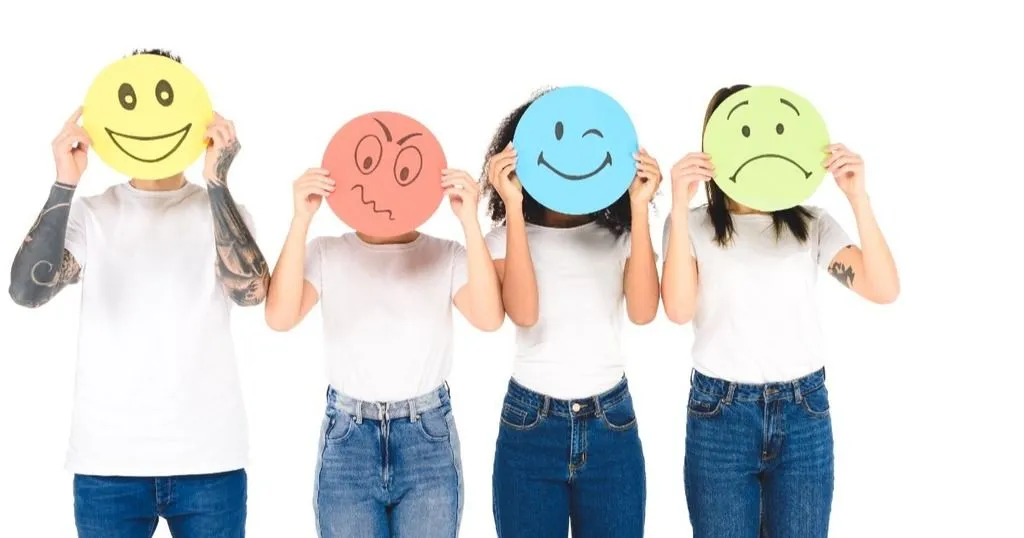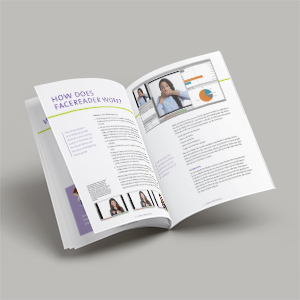3 Emotional studies with FaceReader

Many researchers have discovered FaceReader as a tool for their research. These 3 recent studies with FaceReader show how emotion data helps you to better understand human-human, human-machine, and human-product interactions.
Posted by
Published on
Tue 31 Oct. 2017
Topics
| Emotions | FaceReader | Facial Expression Analysis | Facial Expression Recognition Software | Music |
For researchers emotions are fundamental in understanding human behavior, as they are a crucial part in non-verbal communication. Emotion data provides crucial insights that allow researchers to gain insight in complex human behaviors in greater depth.
Facial expression analysis software like FaceReader is ideal for collecting this data. The software automatically analyzes the six basic facial expressions defined by Paul Ekman, plus neutral, contempt, and boredom, interest, and confusion. Many researchers have discovered FaceReader as a tool for their research. These three recent studies with FaceReader show how this emotion data helps you to better understand human-human, human-machine, and human-product interactions.
The emotions of people who think they’re nice
What does ‘nice’ actually mean in relation to psychological variables? And does it positively correlate with self-reported levels of health, happiness, and wellbeing? Researchers of i2 media research from the Goldsmiths University of London, UK, developed a tailored questionnaire to explore this, and asked 100 participants to rate themselves.
Turns out, most of them thinks they are part of the nicest half of the population. Could everyone really be that nice?
Read the full blog post here: The emotions of people who think they’re nice
Do emotions affect preferences to opera music?
What does music trigger? What emotions arise as people listen to music or watch a music video? Does it provoke happiness, sadness, disgust or appreciation perhaps? It depends whether people like or dislike the music, and their personal preferences.
Many researchers are interested in the relationship between facial expressions and music preference. Hong Chen (University of South Florida) explored the preference of Chinese undergraduate music majors for Chinese Xi-Qu and Western opera, using audiovisual examples. FaceReader was used to find the relationship between preference ratings and emotions.
Read the full blog post here: Do emotions affect preferences to opera music?

Emotions distracts people with eating disorders
Eating disorders (ED) are usually accompanied by difficulties in social-emotional communication. Most likely these difficulties contribute to the development and maintenance of disordered eating. People with anorexia nervosa need to be in control, feeling emotions distracts them from this.
Studies show that people with anorexia nervosa have reduced facial expressivity of emotions while viewing emotionally provoking stimuli. Researcher Leppanen and her team wanted to know if people with eating disorders show less facial affect, and used FaceReader to investigate this.
Read the full blog post here: Emotions distracts people with eating disorders
Want to learn more about FaceReader? Download the free white paper about the FaceReader methodology or request more information.
Related Posts

The man in the maze: A behavioral science journey into consumer studies

The relevance of emotions on the evaluation of a transactional website

